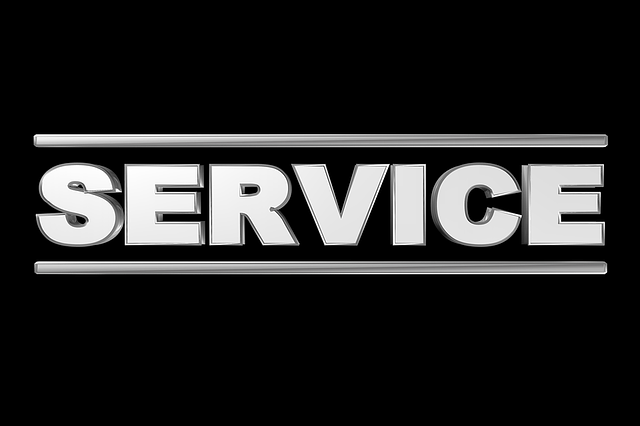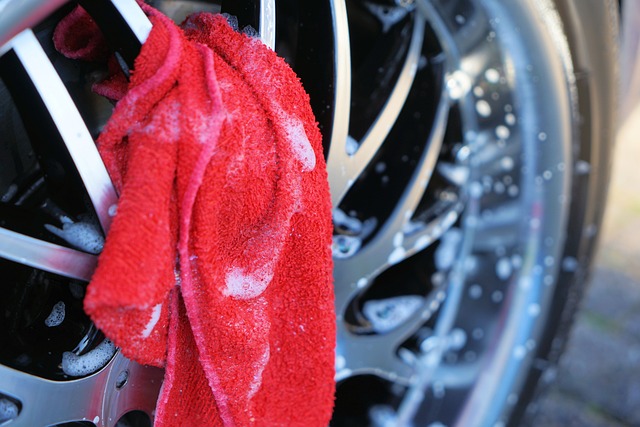Homeowners facing mold issues must understand the distinction between mold testing and remediation costs. Mold testing, costing $100-$500, assesses growth extent, identifies types, and guides removal methods. Remediation, ranging from a few thousand to tens of thousands of dollars, involves actual mold removal and area restoration based on severity. Homeowners should prioritize accurate testing for informed decisions, balancing costs with effective remediation. Professional mold remediation offers precise results, customized solutions, efficient techniques, and health risk mitigation, proving more beneficial than DIY methods.
“Uncovering Affordable Solutions for Your Home’s Mold Issues: A Comprehensive Guide. Mold growth can be a significant concern for homeowners, but understanding the costs associated with testing and remediation is key. This article aims to demystify mold removal options, focusing on affordable solutions. We’ll explore the difference between mold testing and remediation expenses, offering insights into budget-friendly methods. From DIY approaches to professional services, learn how to navigate the process effectively. Take control of your home’s health with these cost-conscious strategies.”
- Understanding Mold Testing and Remediation Costs
- Affordable Mold Removal Options for Homeowners
- Do-It-Yourself vs Professional Mold Remediation
Understanding Mold Testing and Remediation Costs

Understanding the distinction between mold testing and remediation costs is crucial for homeowners facing a mold issue. Mold testing involves assessing the extent of mold growth and identifying its type, which is essential for determining the appropriate removal methods. This initial step can vary in price depending on the size of the affected area and the level of expertise required. Homeowners should expect to pay anywhere from $100 to $500 for comprehensive mold testing services.
In contrast, remediation costs encompass the actual process of removing the mold and restoring the affected areas. This includes labor, equipment, and materials needed to safely eliminate the mold and prevent future growth. Remediation expenses can significantly vary based on the severity of the mold problem, with estimates ranging from a few thousand dollars for minor issues to tens of thousands for extensive mold infestations that require structural repairs.
Affordable Mold Removal Options for Homeowners

Many homeowners often face the dilemma of dealing with mold growth in their properties, a concern that can significantly impact indoor air quality and overall health. The good news is that there are affordable mold removal options available to address this issue effectively. Understanding the difference between mold testing and remediation costs is a crucial first step for homeowners looking to tackle this problem without breaking the bank.
Mold testing involves professional assessment and sampling to determine the extent of mold contamination in a given area. This initial step helps establish whether the mold growth is contained or widespread, guiding subsequent decisions on removal methods. In contrast, mold remediation focuses on the actual process of cleaning and removing moldy materials, ensuring the environment is safe and healthy once again. By comparing these two aspects, homeowners can make informed choices, opting for targeted remediation where necessary and saving costs by avoiding unnecessary testing for minor mold issues.
Do-It-Yourself vs Professional Mold Remediation

When dealing with mold, homeowners often face a crucial decision: DIY mold removal or hiring professionals. While doing it yourself can seem appealing due to cost-effectiveness and control over the process, professional remediation offers several advantages. The initial step is always mold testing to identify the extent of the issue. This is where the costs can vary greatly—DIY kits are relatively inexpensive, while comprehensive testing by experts might add a significant fee. However, professionals have advanced equipment and knowledge to ensure accurate results, which is vital for effective remediation planning.
Professionals excel in implementing tailored solutions based on mold testing findings. They understand that different types of mold require specific removal techniques and materials. This specialization translates into better, more efficient work, reducing the risk of mold returning. In contrast, DIY methods might not address hidden mold sources, leading to recurring problems. Moreover, professionals handle hazardous materials safely, preventing potential health risks associated with mold removal.
